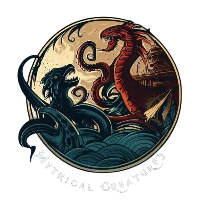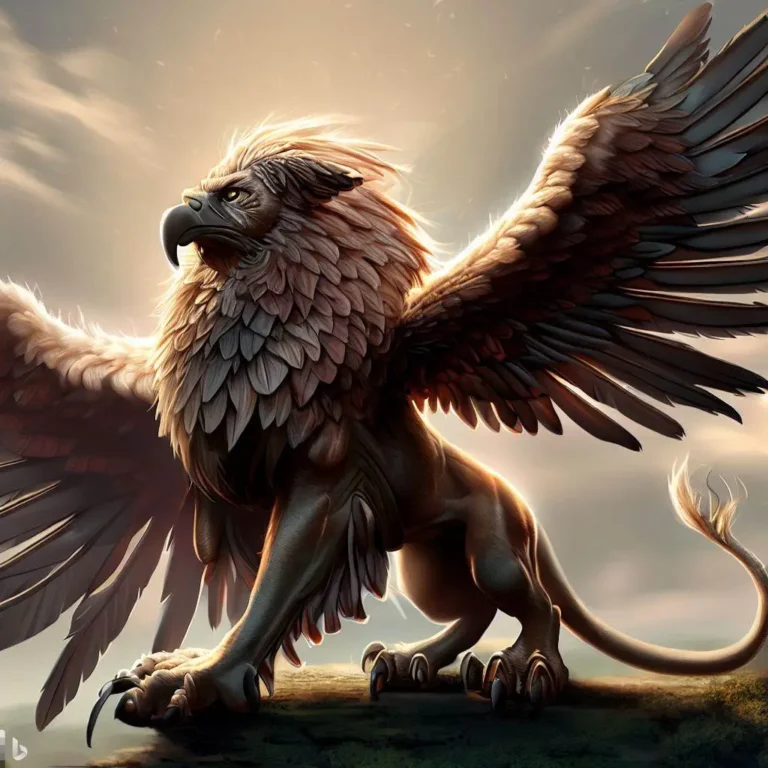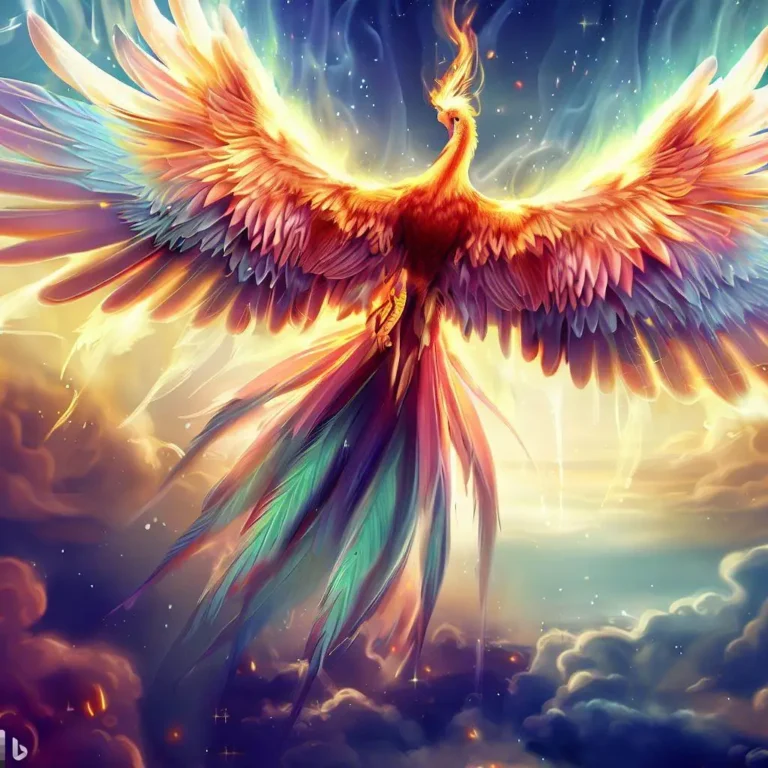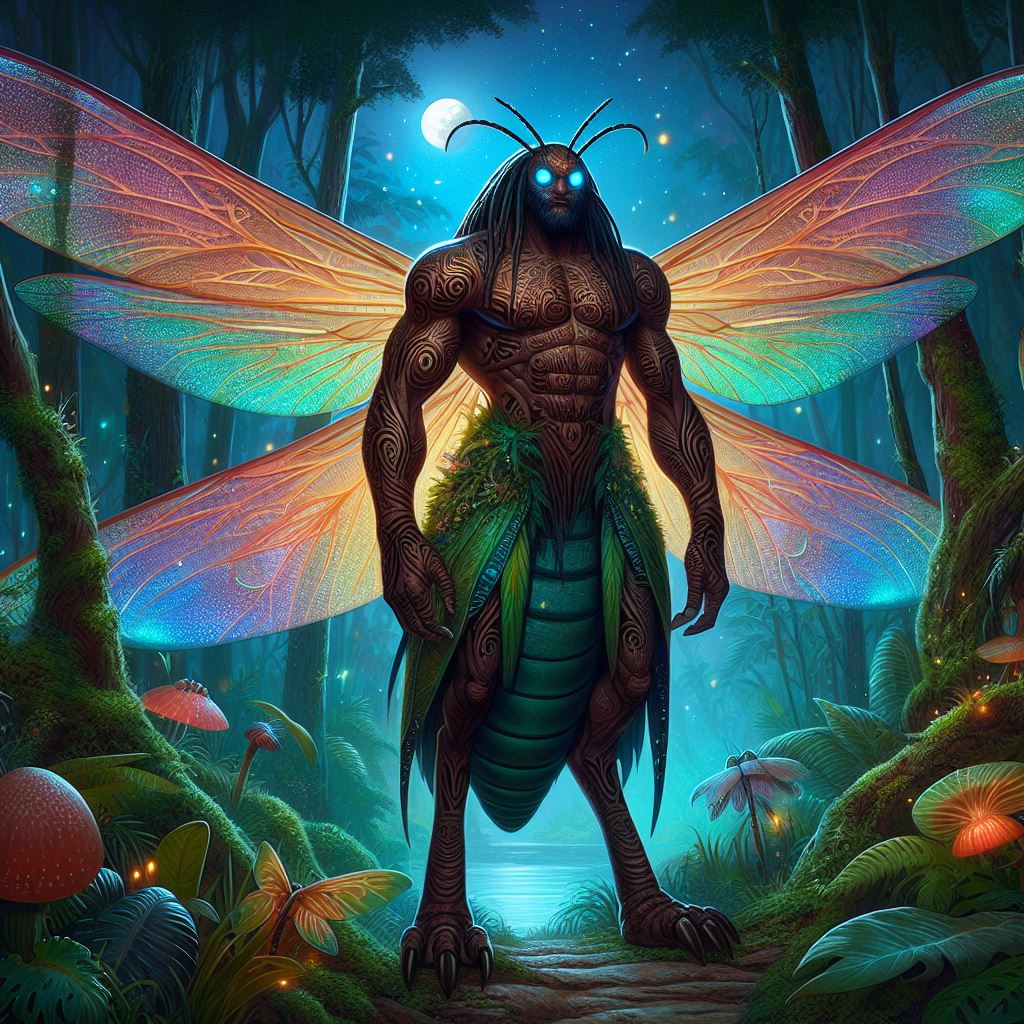
In the vibrant tapestry of West African mythology, the adze emerges as a terrifying and enigmatic creature. This vampiric shapeshifting firefly, hailing from the folklore of the Ewe people, continues to spark fear and intrigue even in modern times.
This article delves into the chilling legend of the adze, exploring its form, abilities, and the impact it has on Ewe society.
The adze is a blood-sucking spirit from Ewe folklore, often depicted as a firefly. The Ewe people The Ewe People of West Africa: https://en.wikipedia.org/wiki/Ewe_people are an ethnic group inhabiting southern Ghana, Togo, Benin, and southwestern Nigeria.
Their rich cultural heritage encompasses a complex belief system interwoven with ancestral spirits, deities, and mythical creatures like the adze.
Within this system, the adze occupies a place as a malevolent entity, embodying anxieties about illness, witchcraft, and the fragility of human life.
ads content
Adze Monster Form and Abilities
The adze’s chilling nature stems from its ability to exist in multiple forms.
- The Adze as a Firefly:
- Description and Behavior: In its most common form, the adze appears as a bioluminescent firefly, flitting through the night with its eerie glow. Bioluminescence, the production of light by living organisms, allows the adze to navigate the darkness unseen.
This connection to bioluminescence adds a layer of mystery, as the firefly’s natural beauty belies the sinister nature of the adze lurking within.
- Description and Behavior: In its most common form, the adze appears as a bioluminescent firefly, flitting through the night with its eerie glow. Bioluminescence, the production of light by living organisms, allows the adze to navigate the darkness unseen.
- The Adze’s Human Form:
- Physical Appearance: Descriptions of the adze’s human form vary, but it’s often portrayed as indistinguishable from an ordinary person. This ability to blend seamlessly into society makes the adze even more frightening.
- Physical Appearance: Descriptions of the adze’s human form vary, but it’s often portrayed as indistinguishable from an ordinary person. This ability to blend seamlessly into society makes the adze even more frightening.
- Shapeshifting Capabilities of the Adze:
- Beyond Firefly and Human: The adze’s repertoire extends beyond the firefly and human form. Legends suggest it can shapeshift into other creatures as well.
- The Adze’s Motivations for Shapeshifting: The reasons behind the adze’s shapeshifting are multifaceted. It might use this ability to stalk its victims undetected or assume a trusted form to gain access to a household.
- The Process of Shapeshifting: The process of shapeshifting itself remains shrouded in mystery. Some folktales suggest the adze transitions between forms at will, while others hint at rituals or specific conditions that trigger the transformation.
- Beyond Firefly and Human: The adze’s repertoire extends beyond the firefly and human form. Legends suggest it can shapeshift into other creatures as well.
The Adze Creature Malicious Nature

The adze’s true terror lies in its blood-sucking nature.
- The Adze as a Blood-Sucking Creature:
- Feeding Habits and Targets: Under the cloak of darkness, the adze preys on unsuspecting victims, draining their blood as they sleep. Pregnant women and children are said to be especially vulnerable targets.
The adze’s nocturnal feeding habits further heighten the fear it evokes, as people become wary of unseen dangers lurking in the night. - The Adze’s Connection to Illness and Death: The loss of blood due to the adze’s attacks is often linked to sickness and even death.
In the absence of scientific understanding, the adze served as a terrifying explanation for unexplained illnesses that ravaged communities.
- Feeding Habits and Targets: Under the cloak of darkness, the adze preys on unsuspecting victims, draining their blood as they sleep. Pregnant women and children are said to be especially vulnerable targets.
- The Adze and Witchcraft:
- The Abosom: Evil Sorcerers: Ewe beliefs associate the adze with witchcraft. Evil sorcerers, known as Abosom, are said to be able to form pacts with the adze, granting them immense power in exchange for sacrifices.
The adze, in turn, gains a human host through which it can operate in the physical world. - The Pact with Evil and the Adze’s Power: This pact with evil imbues the adze with heightened abilities. It can possess individuals, inflict illness, and manipulate events to its advantage.
The fear of witchcraft accusations fueled by the adze myth often led to social discord and suspicion within communities.
- The Abosom: Evil Sorcerers: Ewe beliefs associate the adze with witchcraft. Evil sorcerers, known as Abosom, are said to be able to form pacts with the adze, granting them immense power in exchange for sacrifices.
- The Adze’s Impact on the Community:
- Fear and Paranoia: The adze’s presence instilled a pervasive sense of fear and paranoia within Ewe communities.
People became wary of strangers, suspicious of unexplained illnesses, and afraid to venture out at night. - Explaining the Unexplained: Disease and Misfortune (continued): In the absence of modern medicine, the adze provided a terrifying yet comprehensible explanation for sudden illnesses, misfortunes, and even deaths.
This explanation, while unsettling, offered a sense of control as people could take preventative measures against the adze. - Social Tensions and Witchcraft Accusations: The fear of the adze intertwined with the belief in witchcraft, often leading to social tensions and accusations.
Unexplained events or personal misfortunes could spark suspicion, leading to finger-pointing and accusations of witchcraft. Individuals suspected of harboring the adze faced ostracization or even violence.
- Fear and Paranoia: The adze’s presence instilled a pervasive sense of fear and paranoia within Ewe communities.
Defending Against the Adze
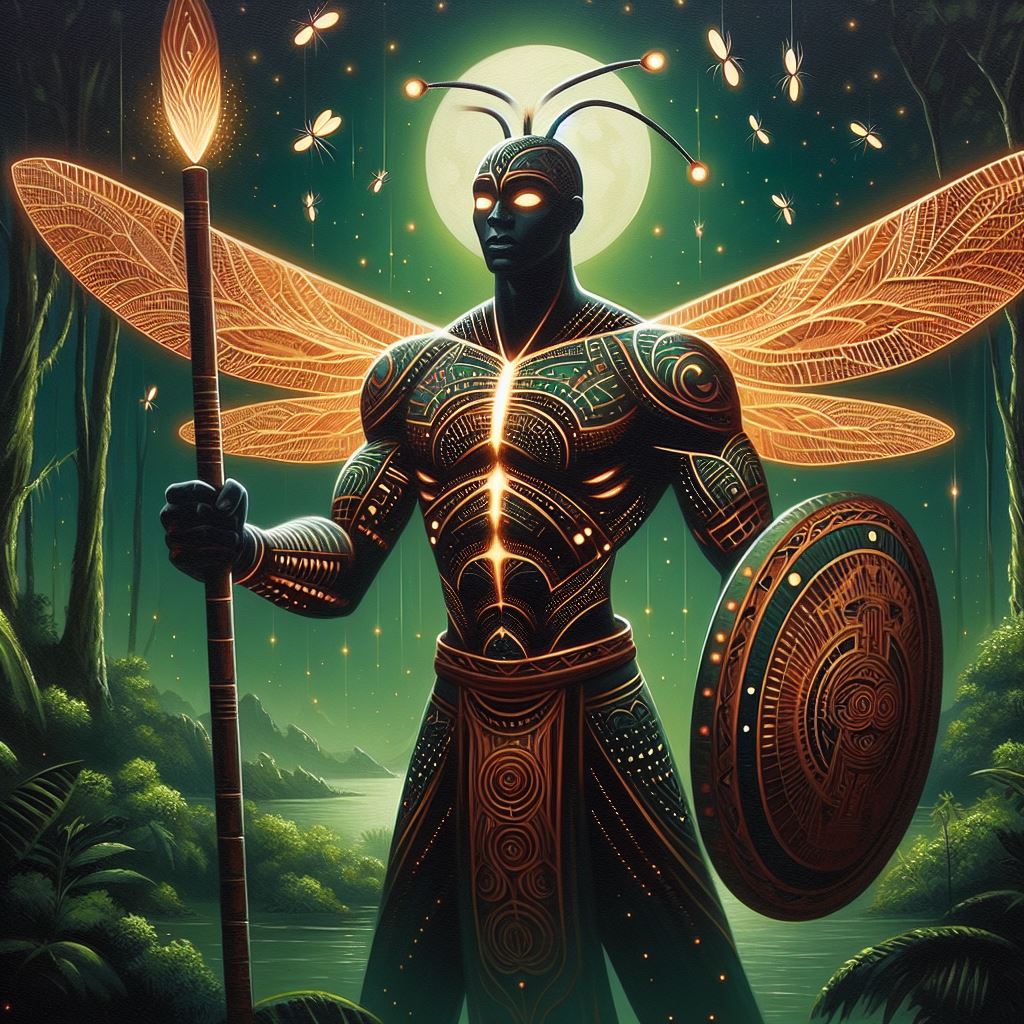
While the adze evoked fear, Ewe folklore also offered ways to protect oneself.
- Were There Ways to Protect Oneself from the Adze?:
- Folklore and Preventative Measures: Folklore prescribes various preventative measures to ward off the adze.
These include leaving offerings of food or placing protective charms around dwellings. Specific plants or herbs might be believed to possess properties that repel the adze. - The Role of Shamans and Healers: Shamans, individuals with spiritual power within Ewe society (Shamans in Ewe Culture: https://en.wikipedia.org/wiki/Shamanism), played a crucial role in combating the adze.
Through rituals, chants, and divination practices, shamans aimed to identify individuals possessed by the adze, cleanse them of its influence, and protect the community.
- Folklore and Preventative Measures: Folklore prescribes various preventative measures to ward off the adze.
- The Adze: A Reflection of Human Fears: The elaborate measures taken to defend against the adze highlight the anxieties it embodied.
Fear of illness, death, and the unknown all coalesced in the figure of the adze, prompting the development of protective rituals and beliefs.
The Adze in Modern Times
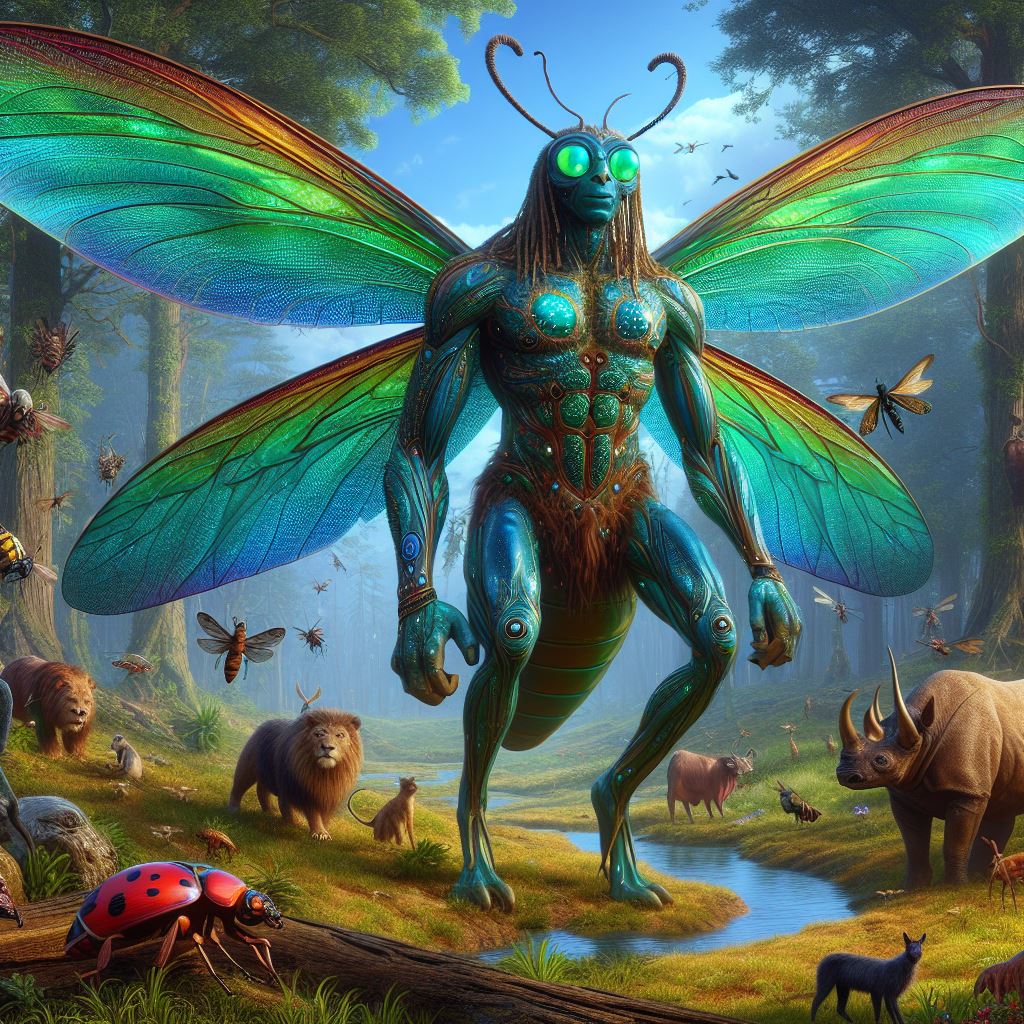
The adze’s legacy extends beyond the realm of ancient myths.
- The Persistence of the Adze Myth: Even in the modern world, the adze myth continues to hold a certain power within Ewe communities.
While the fear may not be as pervasive, the adze serves as a reminder of a time when the natural world held a more mysterious and potentially dangerous aura. - Cultural Significance and Artistic Representation: The adze also finds expression in Ewe cultural productions.
Stories, songs, and even artwork depict the adze, keeping the legend alive for future generations. This artistic representation serves not only to entertain but also to transmit cultural values and beliefs. - The Adze as a Reminder of the Past: The adze myth, though rooted in fear, offers valuable insights into Ewe belief systems and their understanding of the world.
It serves as a reminder of the challenges faced by past societies and their attempts to explain and navigate the complexities of life and death.
FAQs: Unveiling the Mystery of the Adze
Is the Adze Real?
The adze is a mythical creature and does not exist in the physical world. However, the belief in the adze reveals genuine anxieties about illness, death, and the unseen forces that shape human experience.
What Does the Adze Symbolize?
The adze symbolizes a multitude of fears: fear of the unknown, fear of illness, fear of death, and fear of the power of evil. It also reflects anxieties about social harmony and the potential for malevolent forces to disrupt it.
Are There Similar Creatures in Other Mythologies?
The vampire archetype appears across many cultures, often embodying similar fears of bloodsucking creatures and the fragility of human life.
Shapeshifting creatures are also prevalent in global folklore, reflecting anxieties about deception and the blurring of boundaries between the human and the non-human.
How is the Adze Pronounced?
The pronunciation of “adze” varies depending on the specific Ewe dialect. Generally, it’s pronounced with a short “a” sound and a voiced “dz” sound similar to the “ds” in “ads.”
Where Can I Learn More About the Adze?
Further research into Ewe mythology and West African folklore can provide deeper insights into the adze and its cultural significance.
Consulting anthropological studies or visiting museums dedicated to West African cultures can also be enriching experiences.
This exploration of the adze reveals a fascinating creature steeped in Ewe beliefs. The adze serves not just as a source of fear, but also as a window into a rich cultural heritage and its unique way of understanding the world
